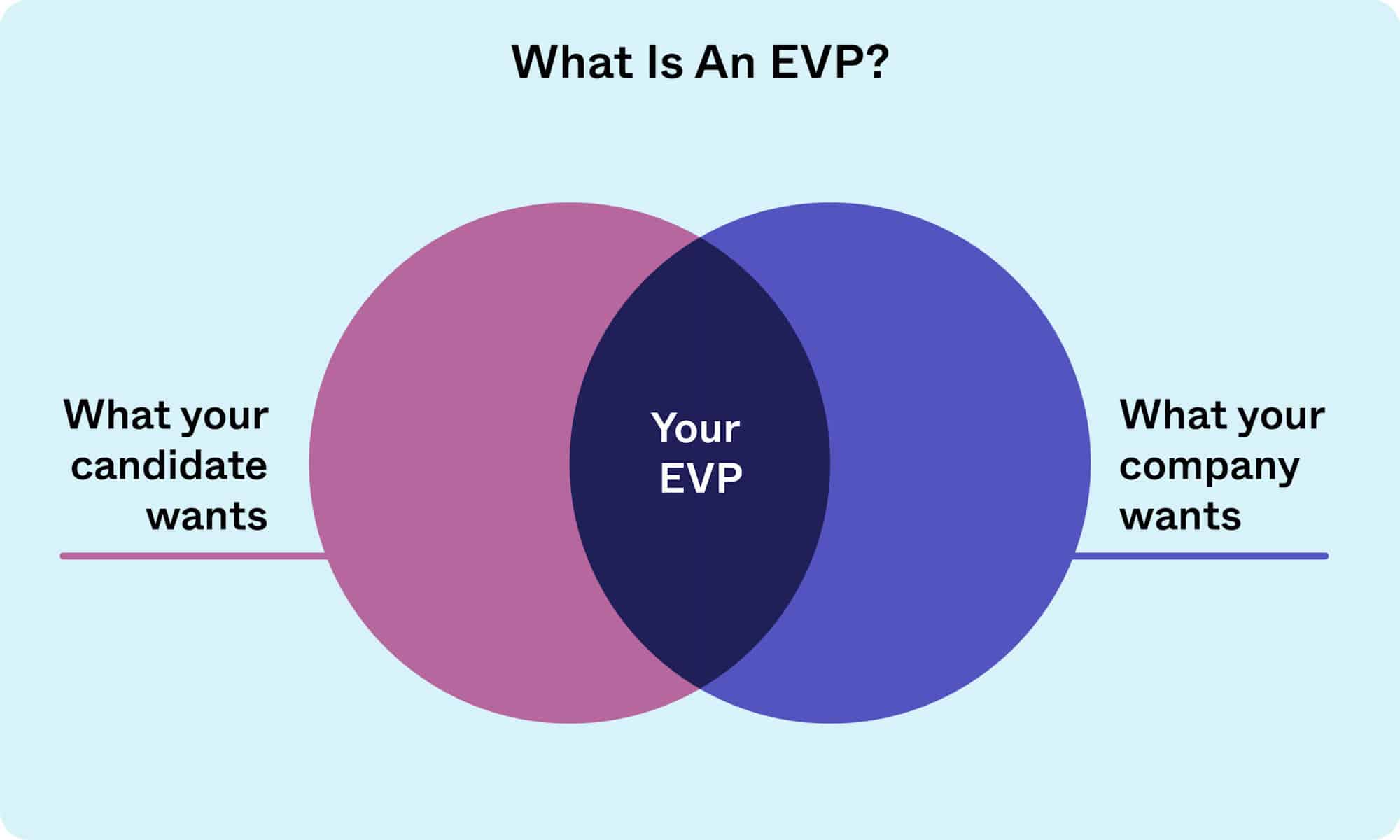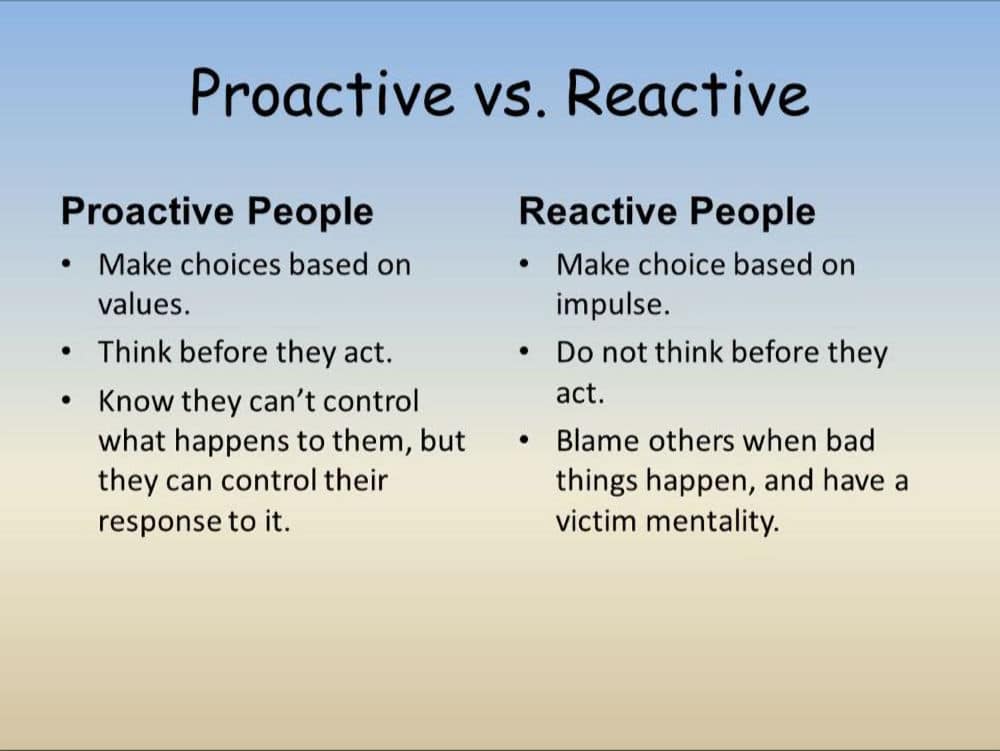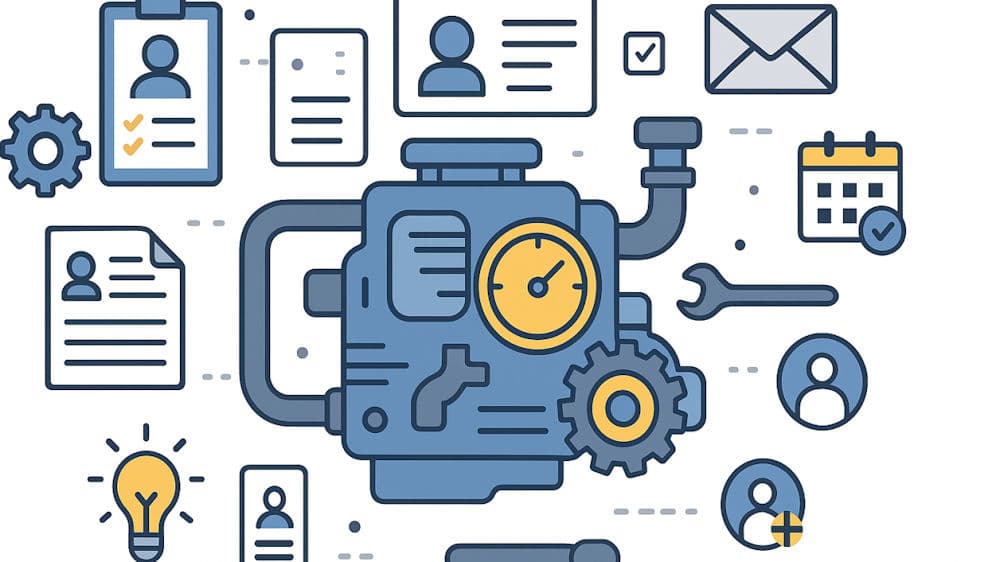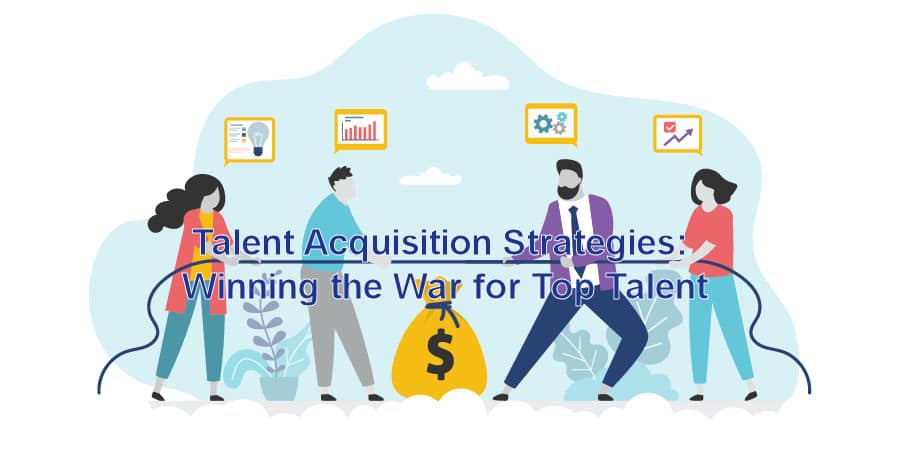The competition for top talent has reached its peak level in the current job market. The current recruiting environment demands new approaches because hybrid work models and fast technological changes and evolving candidate needs and skill deficits make standard recruitment methods ineffective.
Organizations need to develop a complete talent acquisition approach that unites brand identity with data analytics and technological solutions and experienced recruitment methods while maintaining direct business alignment.
This blog provides a complete step-by-step approach to talent acquisition implementation which works for startups and enterprise TA organizations seeking modernization.
-
Start with a clear talent strategy tied to business outcomes.
The process begins with financial and business leader collaboration to develop hiring plans spanning 12–18 months based on product releases and market entry and employee departure projections.
The organization needs to identify essential roles and skills and determine their impact on revenue and customer outcomes and their time-to-ramp requirements. The organization should determine which areas require additional funding.
Your organization needs to determine when to acquire talent through hiring or when to develop internal staff or use contractors or consultants or implement automated solutions.
The organization needs to establish specific performance targets which should include metrics for role-specific hiring duration and candidate quality assessment within six months and acceptance rates for job offers and diversity statistics in the talent pipeline and satisfaction levels from hiring managers.
-
Build a compelling employer brand and EVP which attracts top talent.

Your organization needs to establish an Employee Value Proposition (EVP) which explains why top talent should select your company because of growth opportunities and impact potential and cultural environment and adaptability and mission alignment and compensation packages.
Your organization should demonstrate its workplace culture through genuine employee narratives and video content and engineering articles and product achievements instead of making generic statements about culture. The organization should avoid making generic statements about its culture.
Your career site needs optimization through specific job landing pages and salary band information and interview process clarity and accessibility standards.
Your organization needs to maintain visibility through LinkedIn thought leadership and developer communities on GitHub and Stack Overflow and design portfolio platforms Behance and Dribble and industry-based Slack and Discord channels.
-
Design a candidate experience that converts.
The application process should be simplified through 2–3 minute forms which work on mobile devices and include resume parsing and one-click application options.
The system should maintain continuous communication through automated yet maintain human-like responses and provide both scheduled updates and specific timeframes and designated recruiter contact information.
The interview process should include predefined scoring criteria and limited but effective evaluation stages (3–5 touchpoints) with same-day feedback and decisions made between 48 to 72 hours.
The organization should maintain respectful relationships with candidates by delivering feedback and providing travel assistance for onsite interviews and delivering accurate job previews.
The post-offer process should deliver competitive offers with complete benefit information and dedicated candidate support for relocation and work authorization needs.
-
Source proactively, not reactively

The process of talent mapping helps organizations create visual representations of essential markets and their main competitors. The organization should maintain continuous candidate pipelines for essential positions.
The organization uses multiple channels to find candidates through:
The referral program includes bonus structures with escalating rewards and referral competition periods that match hiring needs.
The organization participates in community events through Meetups and hackathons and open-source contributions and ERG-hosted events and alumni network activities.
The organization should engage with early talent candidates through campus recruitment programs that include case competitions and co-op positions and rotational programs and professor partnerships.
The organization should contact former candidates who show potential to fill current job openings.
The system enables personalized outreach at scale through customized messages that connect with candidates through their work achievements and personal interests and professional accomplishments. AI tools help generate outreach messages but human professionals must review all content before sending it.
-
Modernize assessment to reduce bias and increase signal.
The first step should involve defining success criteria through the development of role scorecards which include competencies and business outcomes and must-have skills and nice-to-have skills.
The organization should eliminate subjective hiring decisions by implementing structured evaluation methods.
The assessment process includes work samples and job trials instead of traditional brainteasers.
The evaluation process includes standardized interviews which use predefined scoring systems.
The assessment process includes technical evaluations that match the requirements of the role through pair programming and case studies and portfolio reviews.
The training program for interviewers includes behavioral interviewing techniques and legal compliance information and methods to detect bias. The program includes observation sessions and scheduled evaluation periods for interviewers.
The organization needs to verify that assessment tools align with job requirements and provide equal access to all candidates and undergo periodic adverse impact assessments.
-
Make competitive, equitable offers

The organization follows a pay philosophy which bases compensation on market data while implementing geographic pay adjustments and clear career development paths.
The organization needs to present all compensation elements including base pay and variable pay and equity and benefits and flexibility and learning funds and time-off time to candidates. Quantify value.
The organization needs to deliver offer decisions within 24 to 48 hours after completing the final interview process. The organization should disclose information about employee levels and career advancement possibilities and promotion evaluation methods.
The organization should conduct a thoughtful closing process by discussing candidate motivations and provide team introductions and signing bonus options that let candidates select between cash or learning and development stipends or additional paid time off.
-
Nail onboarding and the first 90 days
The pre-boarding process includes equipment distribution and access setup and organizational chart display and buddy assignment and welcome schedule delivery before the first day.
The 30-60-90 plan includes specific objectives and learning materials and regular manager meetings and stakeholder connections.
The first month should focus on delivering simple achievements which help new employees gain momentum and develop a sense of belonging.
The system should include feedback mechanisms through pulse surveys at weeks two and six and twelve to handle problems right away.
-
Leverage technology and AI responsibly
The core system includes an ATS and CRM and scheduling tool and assessment platform and analytics platform.
The system uses AI to generate sourcing lists and outreach drafts and parse resumes and record interview notes but human recruiters handle relationship development and final hiring decisions.
The system must perform bias audits while protecting candidate data through GDPR/CCPA compliance and providing candidates with AI-driven step opt-out options.
The system tracks candidate source origins and hiring forecast data and recruiter workload capacity through analytics tools which generate dashboards for TA and hiring leaders to access.
-
Build diverse, inclusive pipelines and processes
Job advertisements should focus on essential qualifications and required skills while eliminating discriminatory language and including salary information when possible.
The hiring process should expand its reach by accepting candidates from non-traditional backgrounds and using skills-based assessment and return-to-work programs and apprenticeship training.
The decision-making process should include diverse panel members who use standardized evaluation criteria based on evidence rather than personal opinions.
The organization supports community development through its partnerships with HBCUs and HSIs and military transition programs and disability inclusion organizations and local workforce boards.
The organization should track diversity metrics across all stages of the hiring process while performing adverse impact assessments and sharing results to stakeholders.
-
Strengthen internal mobility and career development
The organization should post all available positions to internal candidates first to maintain transparency and ensure fair access to job openings.
The system maintains employee skill databases which link worker competencies to available positions and provides training opportunities through micro-credentials and learning paths.
The organization should establish career frameworks which define employee progression through specific levels and competencies and clear promotion requirements. The training program for managers focuses on developing their ability to guide employees instead of retaining them for personal use.
The system connects available work assignments and professional development opportunities to staff members who want to advance their careers.
-
Adapt to hybrid and global hiring
The organization needs to determine its location strategy between hub-based and fully distributed models while establishing time zone compatibility rules and providing remote work stipends to employees.
The organization needs to handle employment models between EOR and entity status and perform right-to-work checks and maintain data residency and provide equal benefits to all employees.
The training program for interviewers includes teaching them to handle cross-cultural dialogue while eliminating any bias that stems from location.
-
Create a recruiter enablement engine

The system includes playbooks and SLAs which define the roles of TA and hiring managers and interviewers and their agreed-upon timeframes.
The system uses capacity planning to determine recruiter roles and complexity levels and establish surge response protocols.
The training system provides continuous development through sourcing labs and assessment calibration and new-tool certifications and market information updates.
The system enables communities of practice to exchange templates and outreach materials and competitive market intelligence.
Key metrics to track
The system tracks how long it takes for candidates to accept job offers and start their new roles based on their job family.
The system tracks offer acceptance rates and documents the reasons candidates choose to reject job offers.
The system evaluates hire quality through 90-day productivity and 6-12 month performance and retention rates.
The system tracks candidate movement through each stage of the hiring process while monitoring where candidates come from.
The system tracks diversity metrics for candidates and hiring managers at different stages of the pipeline.
The system tracks candidate satisfaction through NPS scores and hiring manager satisfaction through NPS scores.
The system tracks hiring expenses through cost-per-hire metrics and monitors recruiter workloads.
Common pitfalls to avoid
The practice of creating job descriptions with impossible “purple squirrel” requirements leads to over-scoping of roles.
Unstructured interviews that favor charisma over competence
The process of making decisions becomes prolonged while interview loops continue to expand.
The practice of ignoring candidates during the hiring process and using unexplained communication methods.
The system uses automated outreach but fails to add personalized elements to its messages.
The system fails to recognize both internal candidates and candidates who place second in the selection process.
DEI initiatives should be integrated into all stages of the hiring process instead of being treated as an optional addition.
A 90-day action plan
The first thirty days of the program require a complete assessment of current recruitment processes and tools and job postings and performance metrics and hiring objectives and essential positions and development of the EVP and candidate experience framework and interviewer training for bias reduction.
The period from days 31 to 60 brings the implementation of fast results through application reduction and scorecard development and self-scheduling activation and template updates and new sourcing channel testing and role landing page deployment.
The final period of 90 days includes dashboard setup and referral promotion and silver-medalist re-engagement program launch and internal mobility policy establishment and documentation of TA/HM SLAs.
The following budget-friendly strategies help organizations achieve their goals when they have limited resources available.
The organization should enhance its referral and alumni programs before moving to paid job board advertising. The organization should use no-cost or low-cost community platforms and events to find new candidates.


